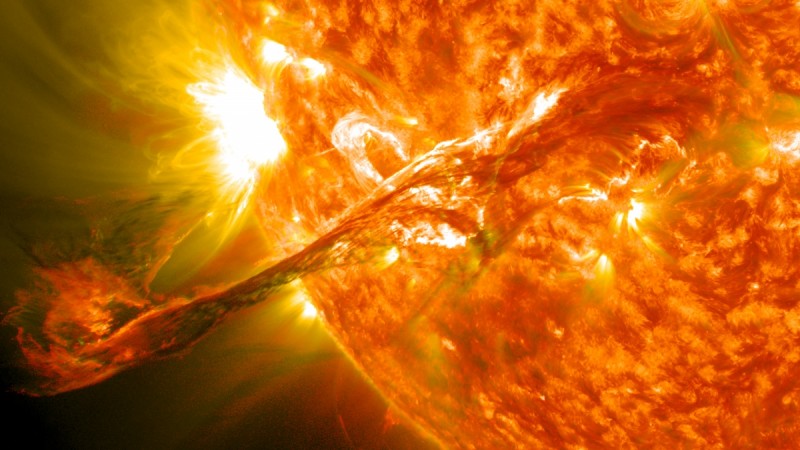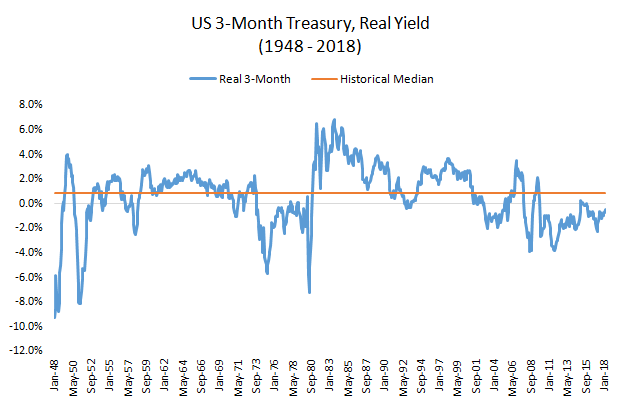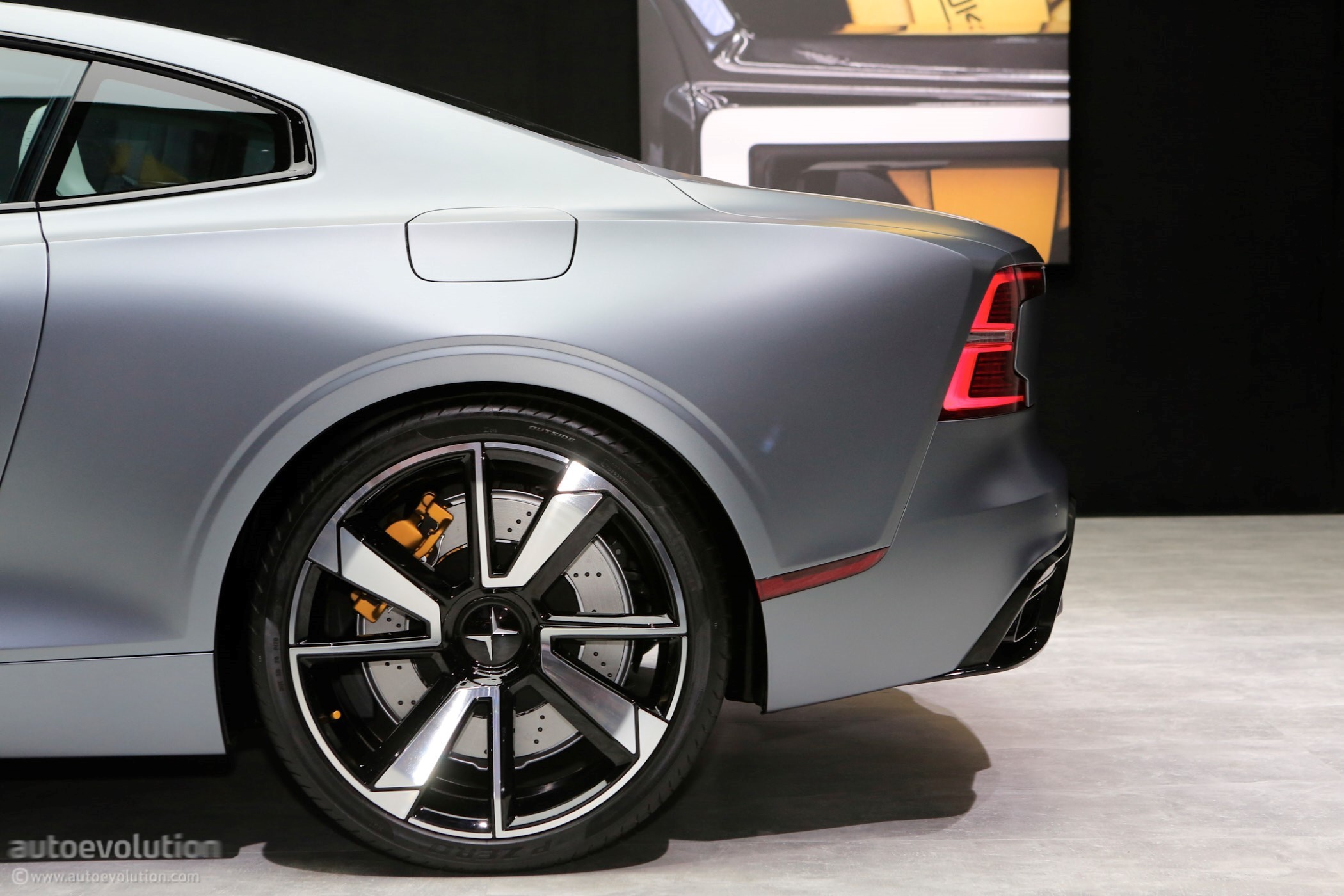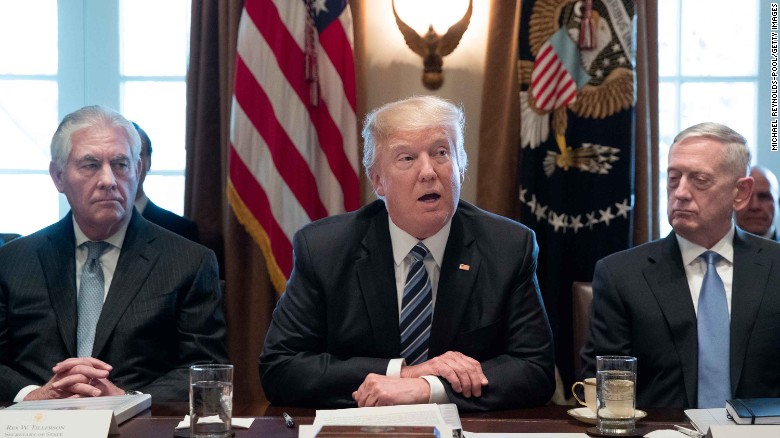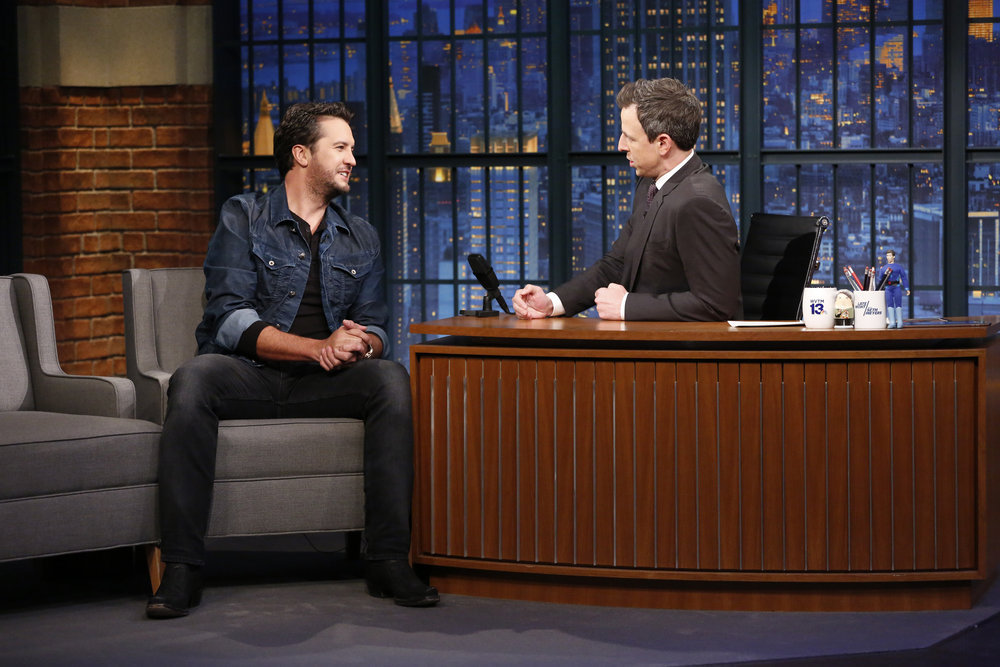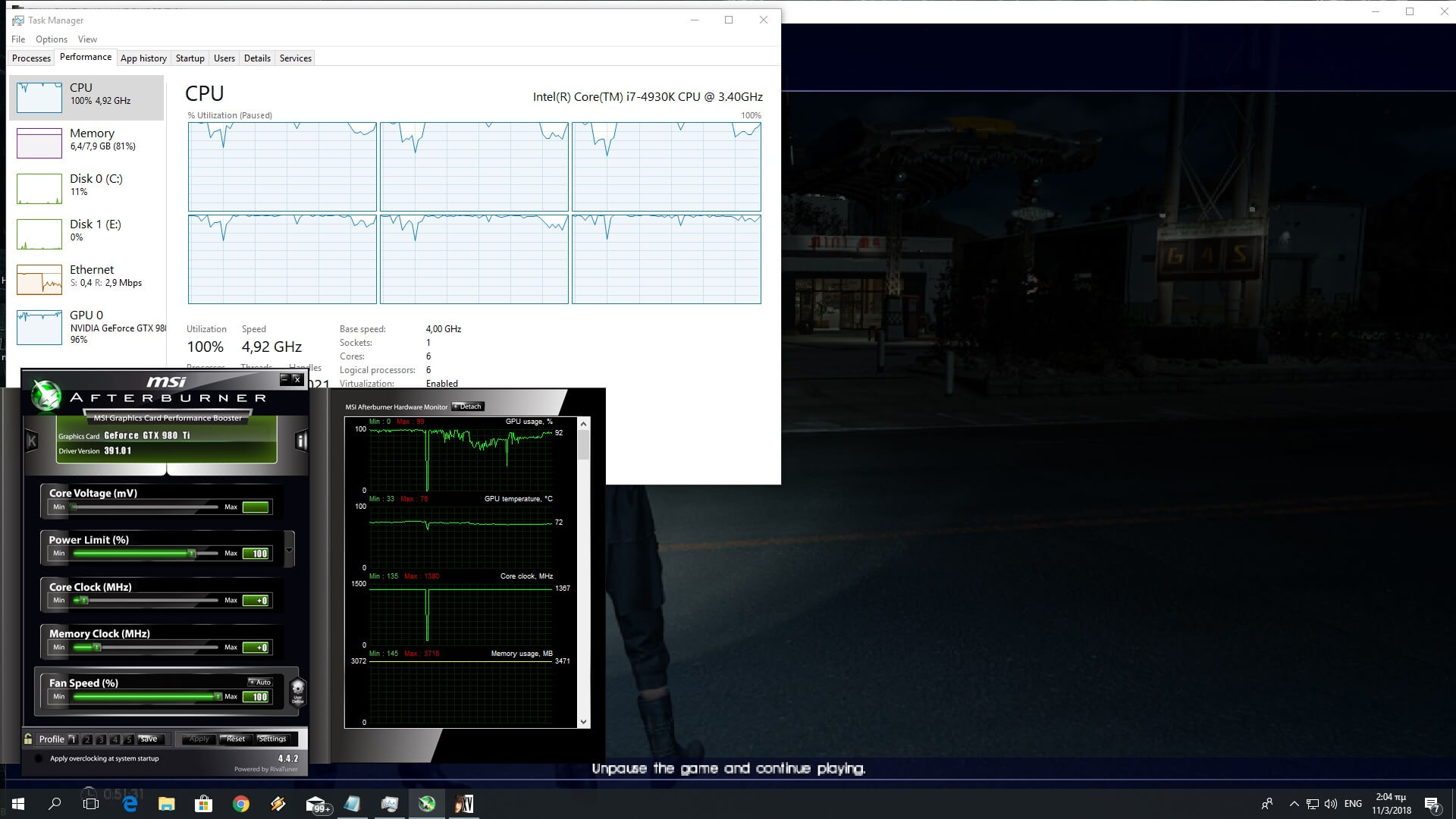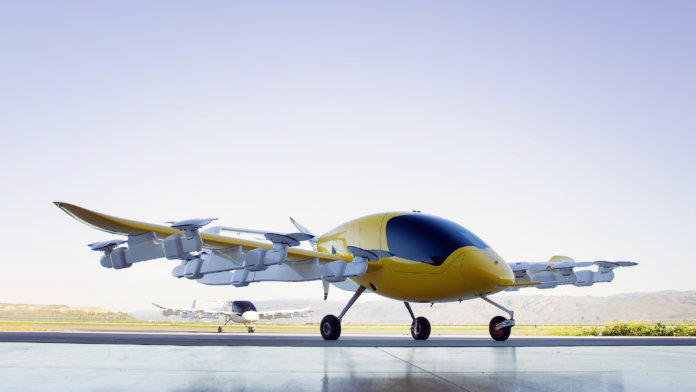
Christchurch testing ground for world's first self-piloted electric air taxi
Financed by Google co-founder Larry Page, the company has reached an agreement with the country to test the planes for an official certification process, according to The New York Times - and aim for a commercial network in three years.
Kitty Hawk, which has so far only demonstrated its piloted recreational hovercraft (a luxury item created to help it spur development of its autonomous air taxis) has been testing its autonomous electric passenger aircraft, which resembles a small plane with variable rotors that can go from a vertical alignment for take-off and landing, to a horizontal one for flying like an ordinary plane through the skies. With a 36-foot wingspan, the aircraft flies between 500 and 3,000 feet above the ground at around 110 miles per hour. Just as importantly, it's quiet during flight.
Capacity: Designed for two passengers.
Vertical take-off and landing: Cora is powered by 12 independent lift fans, which enable her to take off and land vertically like a helicopter.
Fixed wing flight: On a single propeller.
Ben Affleck, Matt Damon to adopt inclusion riders for future production deals
Other stars to speak out in support of inclusion riders include Captain Marvel star Brie Larson. Their company is following in the footsteps of " Black Panther " star Michael B.
CBC's afternoon coverage of the 2018 Paralympics in Pyeongchang
North Korea had wanted to use a version of the Korean peninsula flag that includes islands disputed with Japan. He got into sports by playing wheelchair basketball in 2009 and also played para ice hockey in the past.
Celgene (NASDAQ:CELG) Receiving Somewhat Favorable News Coverage, Study Finds
The firm has a market capitalization of $69,410.00, a price-to-earnings ratio of 17.58, a P/E/G ratio of 0.65 and a beta of 1.58. The stock of Celgene Corporation (NASDAQ:CELG) earned "Outperform" rating by RBC Capital Markets on Friday, January 29.
The company plans to build, own and operate a fleet of Cora's, providing an on-demand self-flying taxi service.
Range: Initially about 62 miles / about 100 kilometres.
Prime Minister of New Zealand Jacinda Ardern confirmed the news to the Times, saying the project is "about sending the message to the world that our doors are open for people with great ideas who want to turn them into reality". The project went by the code name Zee.Aero for a while, which Kitty Hawk said was the name of their Cora team during the development stage.
The company has secretly been testing their "flying cars" since October 2017 in the Canterbury region of New Zealand's South Island. Of course, Kitty Hawk isn't the only company working on "air taxi" concepts, but others like EHang and Uber Elevate aren't in operation yet either.
Recommended News
-
Roger Federer continues hot form, downs Federico Delbonis at Indian Wells
Federer and 10th seed Djokovic both came into the tournament seeking to become the first six-time victor of the event. His backhand, traditionally his most consistent and game-breaking weapon, bled errors-32 in all.Hulu ignites Little Fires Everywhere
The book also deals with the relation of art in a person's journey to finding the identity and the danger of conforming to rules. Ng's book follows the story of the Richardson family whose lives are disrupted by the arrival of a mother and daughter.Booking Holdings Inc. (BKNG) Given Consensus Recommendation of "Buy" by Brokerages
After $1.24 actual EPS reported by Torchmark Corporation for the previous quarter, Wall Street now forecasts 17.74% EPS growth. Investors sentiment decreased to 1.03 in 2017 Q3. 1,653 were accumulated by Old Mutual Customised Solutions (Proprietary) Ltd. -
Warning over 'DEADLY' ingredient in Brit Chinese takeaways
Of the 141 ready meals analysed, 43% were high in salt , meaning they would typically carry a red notification label on the pack. Health campaigners have called for salt warnings to be compulsory for Chinese takeaways and ready meals .Has $22.13 Million Stake in Mondelez International Inc (MDLZ)
Finally, Tortoise Investment Management LLC grew its stake in shares of Mondelez International by 232.4% during the 3rd quarter. Beck Mack And Oliver Limited Liability Corporation owns 6,412 shares or 0.01% of their United States portfolio. (NASDAQ:INGN).Has $5.54 Million Position in Sempra Energy (SRE)
Guggenheim reiterated a buy rating and set a $122.00 target price on shares of Sempra Energy in a report on Friday, February 23rd. On Thursday, September 21 Subramaniam Rajesh sold $1.48M worth of FedEx Corporation (NYSE:FDX) or 6,750 shares. -
Spring Statement: Inflation to return to target
Forecasts for growth are expected to be revised up , while borrowing forecasts are expected to be revised down. Mr Hammond is expected to speak for less than half an hour.Kimberly Clark Corp (NYSE:KMB) Shares Sold by Arrowstreet Capital Limited Partnership
It dived, as 64 investors sold KMB shares while 404 reduced holdings. 968,625 were reported by Ny State Common Retirement Fund. State Of Tennessee Treasury Department sold 85,500 shares as the company's stock declined 3.59% while stock markets rallied.Hacked Japanese Cryptocurrency Exchange Pays Back Customers
In the after theft drill, some of the NEM tokens traced to a Japanese NEM exchange Zaif as well as to a Canadian cryptocurrency exchange. -
Geomagnetic storm to hit Earth tomorrow - should you be anxious ?
NOAA's 27-day forecast suggests similar fluctuations, expected to be "a minor storm at most", according to Newsweek . In the past, large-scale geomagnetic events have played havoc with communication satellites, and caused blackouts.NCBA Applauds USDA's Withdrawal of Organic Marketing Rule
OTA is the leading voice for the organic trade in the United States, representing over 9,500 organic businesses across 50 states. Changes to the existing organic regulations , USDA said, could have a negative effect on real costs for producers and consumers.Laine, Marchand and Malkin named NHL's three stars of the week
Only three players achieved the feat in fewer games: Wayne Gretzky (718), Mario Lemieux (719) and Brett Hull (900). He's just the 20th player to reach the milestone, and he's the only current NHLer with 600 goals on his résumé.






